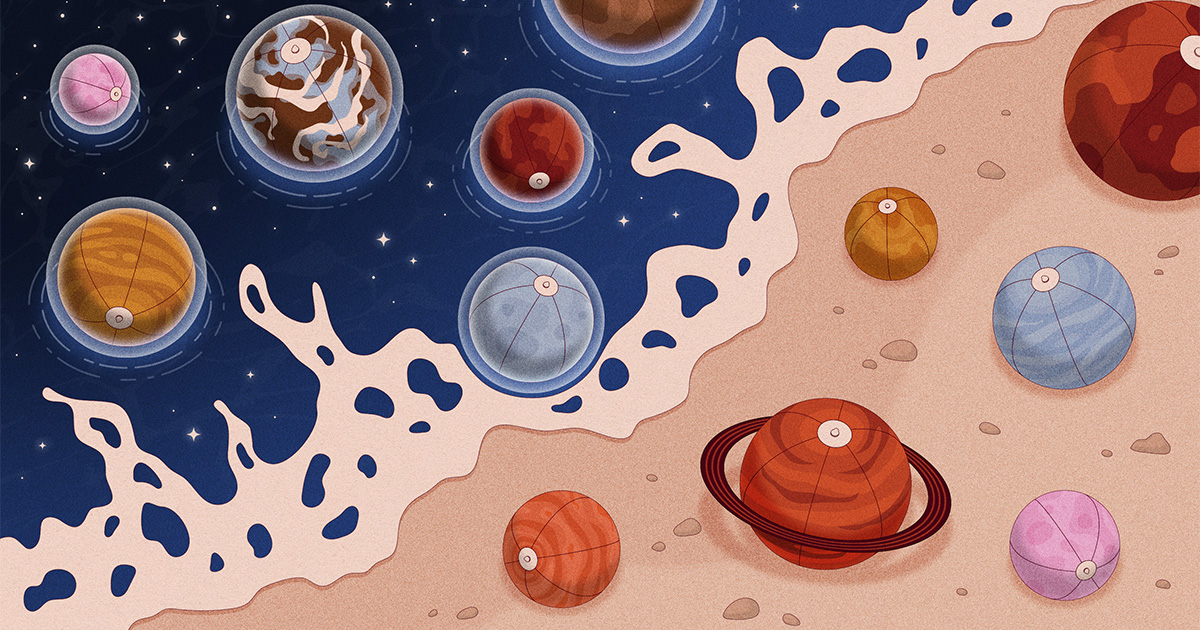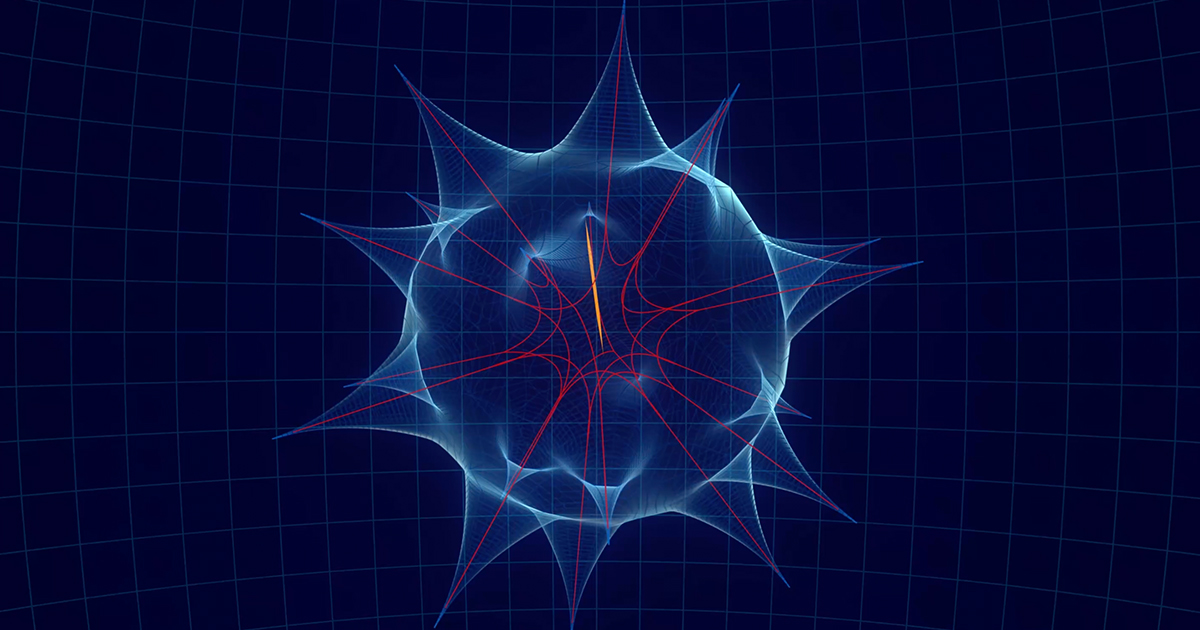CLIMATEWIRE | EPA Administrator Lee Zeldin has one week to tell President Donald Trump whether the agency could abandon its authority to regulate climate pollution under the Clean Air Act. His decision stands to cast EPA into a monumental fight over its ability to reduce carbon emissions, potentially reverberating beyond Trump’s presidency. If Zeldin attempts… Continue reading Trump Gives EPA One Week to Decide on Abandoning Climate Pollution Regulation
Tag: Quantum Stuff
‘Hot Potato’ Plants Engineered to Flourish in Heat Waves
February 13, 2025 2 min read ‘Hot Potato’ Plants Engineered to Flourish in Heat Waves A genetic tweak keeps potatoes efficient in the heat By Julian Nowogrodzki edited by Sarah Lewin Frasier When a scorching heat wave struck Illinois in June 2022, crop physiologist Katherine Meacham-Hensold hoped her team’s new bioengineered potato variety would survive… Continue reading ‘Hot Potato’ Plants Engineered to Flourish in Heat Waves
Why You Should Look for ‘Slow Flowers’ Grown without Dangerous Chemicals That Dominate the U.S. Market
On a low hill near the coast of Maine, the fresh petals of double daffodils shake frills of gold and peach in a gusting breeze. It is the middle of May, a clear blue sky overhead, and the lacy burgundy foliage of peonies and new stalks of twiggy curly willow are poking through swaths of… Continue reading Why You Should Look for ‘Slow Flowers’ Grown without Dangerous Chemicals That Dominate the U.S. Market
The Road Map to Alien Life Passes Through the ‘Cosmic Shoreline’
The three boundaries divvied up the solar system planets equally well. But the XUV and sunlight shorelines cut very different swaths through the population of rocky planets orbiting M dwarfs, with more worlds falling on the airless side of the XUV dividing line. “We don’t know exactly where the cosmic shoreline sits for the M… Continue reading The Road Map to Alien Life Passes Through the ‘Cosmic Shoreline’
This Researcher Discovered the Cause of Down Syndrome, But For 50 Years Got None of the Credit
In 1960 Marthe Gautier left the lab where she had discovered the genetic cause of Down syndrome and went on to have a successful career as a pediatric cardiologist. For decades, she remained silent as her former colleague Jérôme Lejeune continued to take credit for this pioneering discovery, and history wrote her out of the… Continue reading This Researcher Discovered the Cause of Down Syndrome, But For 50 Years Got None of the Credit
New Conversations, Deep Questions, Bold Ideas in Season Four of ‘The Joy of Why’
LEVIN: Well, I think that we have an opportunity as research scientists to dig really deep into particular ideas of our choosing, but we don’t really get a chance ourselves even to talk to other people deeply in other fields, and I think that’s going to be a real pleasure. We’re going to home in… Continue reading New Conversations, Deep Questions, Bold Ideas in Season Four of ‘The Joy of Why’
Measles Outbreak in Children Grows in One of Texas’ Least Vaccinated Counties
A measles outbreak is growing in a Texas county with dangerously low vaccination rates. In late January, two school-age children from Gaines County were hospitalized with measles. Since an estimated 1 in 5 people with the disease end up in the hospital, the two cases suggested a larger outbreak. As of Feb. 12, there were… Continue reading Measles Outbreak in Children Grows in One of Texas’ Least Vaccinated Counties
‘Once in a Century’ Proof Settles Math’s Kakeya Conjecture
And even in cases where the grains all conspired to provide maximum overlap, they found, the number of grains intersecting any given point couldn’t be too big. Starting from the 2.5 bound, they were able to prove that the grains couldn’t overlap enough to result in a dimension slightly above that bound either. Then, starting… Continue reading ‘Once in a Century’ Proof Settles Math’s Kakeya Conjecture
Animal-to-Human Organ Transplants Hit Long-Awaited Testing Milestone
February 13, 2025 4 min read Animal-to-Human Organ Transplants Hit Long-Awaited Testing Milestone Up to 50 transplant patients will receive a genetically modified pig kidney in a clinical trial that will launch this summer By Tanya Lewis edited by Dean Visser Towana Looney, 53, received a gene-edited pig kidney transplant at NYU Langone Health in… Continue reading Animal-to-Human Organ Transplants Hit Long-Awaited Testing Milestone
Scientists React to RFK, Jr.’s Confirmation as HHS Secretary
February 13, 2025 4 min read Scientists React to RFK, Jr.’s Confirmation as HHS Secretary Robert F. Kennedy, Jr., has expressed support for some fields of science but has also declared he’d like a “break” in infectious-disease research. Here’s what he might do as the U.S.’s newly confirmed secretary of health and human services By… Continue reading Scientists React to RFK, Jr.’s Confirmation as HHS Secretary









